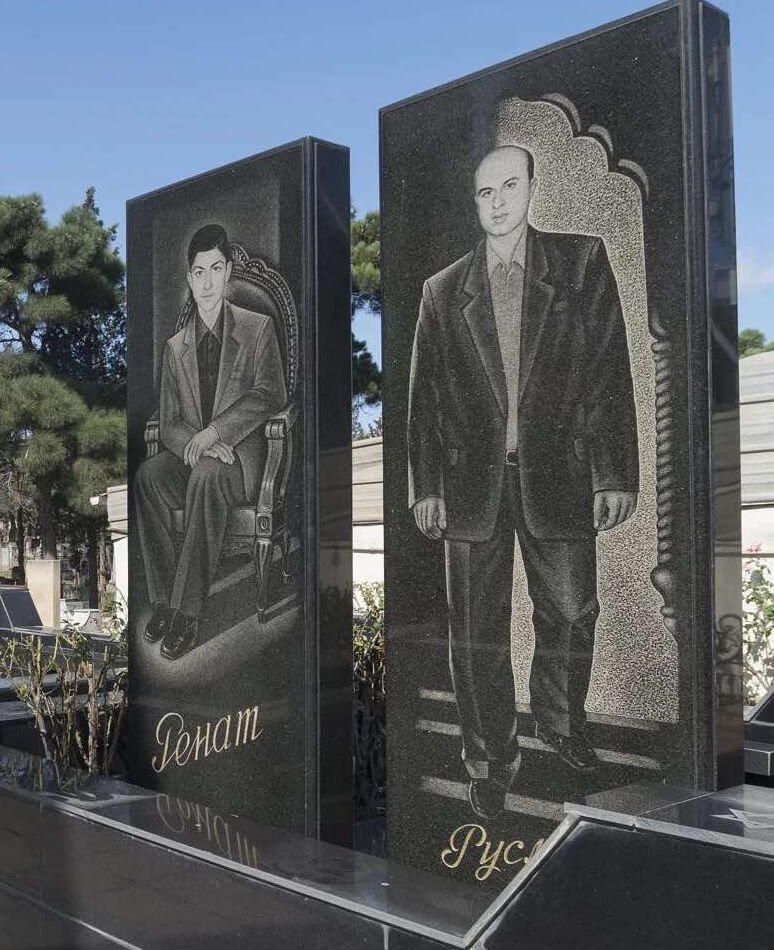BAKU, July 24 — As regional authorities across Azerbaijan tighten restrictions on memorial feasts, questions are now being raised about a more conspicuous and often overlooked symbol of posthumous excess: luxury tombstones worth millions of manats.
While traditional mourning banquets are being curbed in districts like Quba, Kurdamir, Saatly, and Sabirabad, the growing trend of extravagant gravesites remains largely unaddressed. Critics argue this discrepancy reveals deeper social and religious tensions—and an entrenched industry capitalizing on grief.
Speaking to Bizim.Media, theologian Tural Irfan called the current tombstone culture a “burgeoning business ecosystem” fueled by imported marble and social pressure.
“Imported luxury stones from abroad feed an entire commercial network. People are being sold a trend—memorials that cost fortunes—just to maintain business interests,” Irfan said. “At this point, graves have become a literal way to bury millions in the ground.”
Irfan emphasized that such spending violates Islamic teachings, which prescribe modest and uniform grave markers regardless of one’s social class. Overspending on the dead, he stressed, falls under haram—forbidden religiously.
“Some officials and elites don’t want their relatives’ graves to look like everyone else’s. But that’s arrogance. It runs counter to the core principles of Islam,” he stated.
The theologian argued that the responsibility lies not only with families but also with religious leaders, who should openly condemn this practice and raise awareness among communities.
“Our top clerics—like the Sheikh ul-Islam—must clearly declare that luxurious tombstones are haram,” he urged. “And the state should consider implementing formal standards to curb such displays of wealth and waste.”
As the government tackles societal inequality in life, Irfan suggests the next step may be to address inequality in death—by establishing fair, accessible norms for how the deceased are memorialized.










